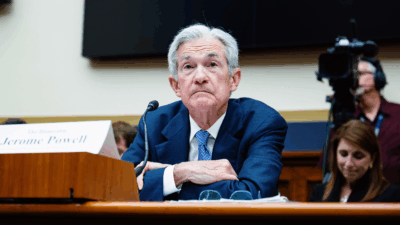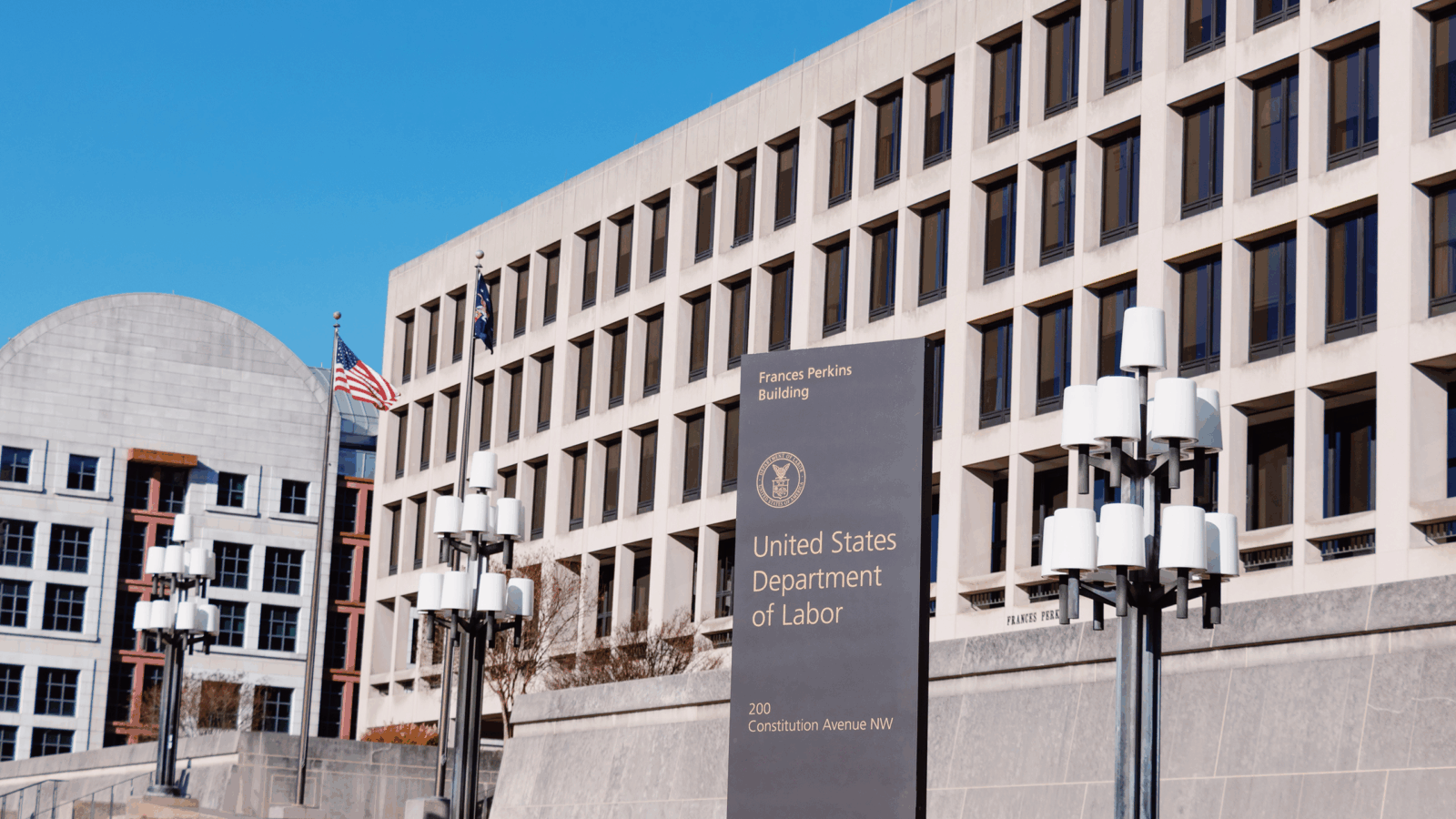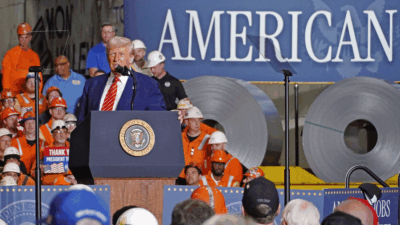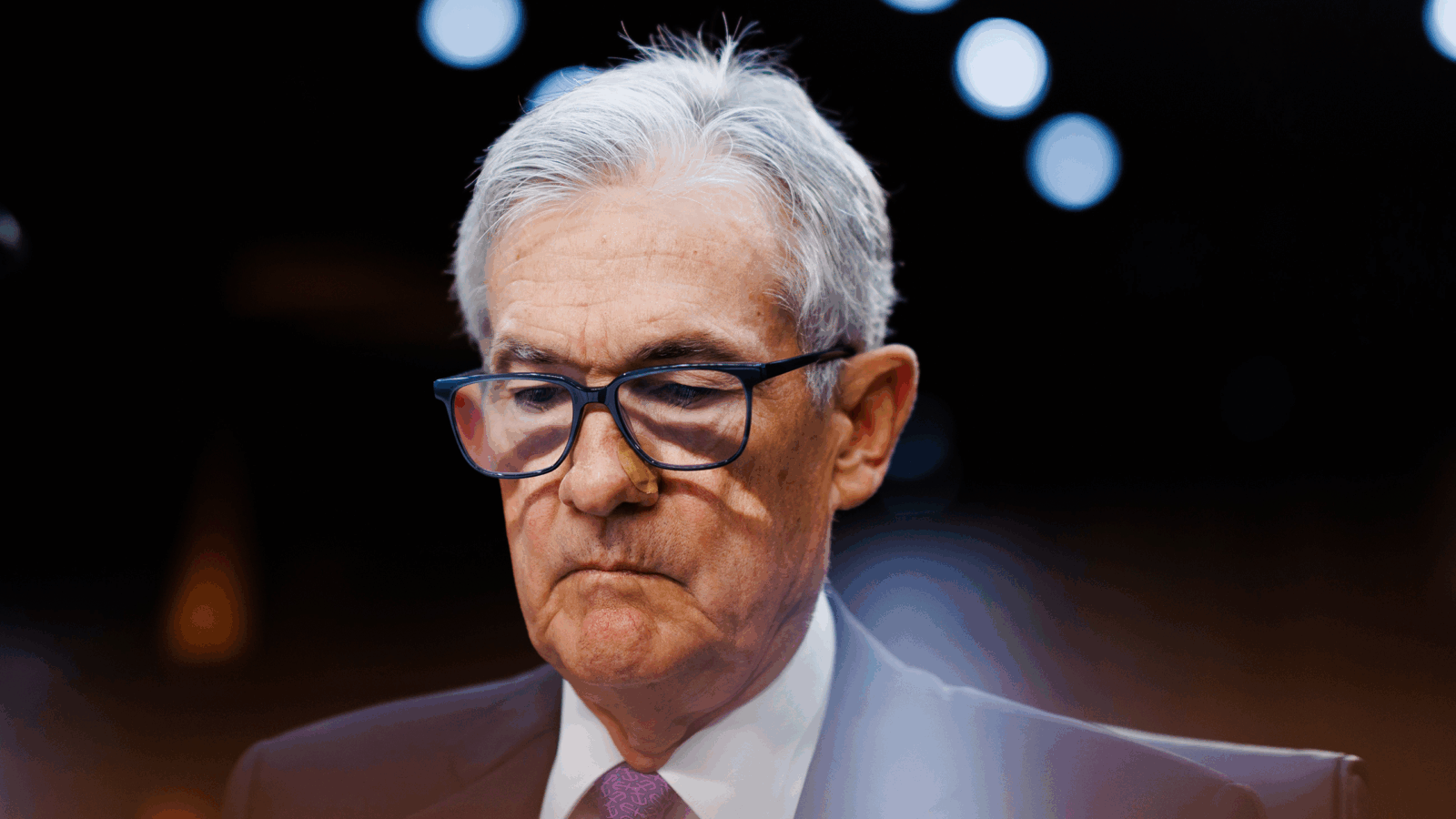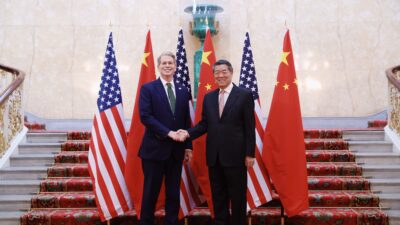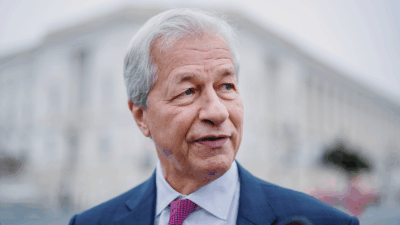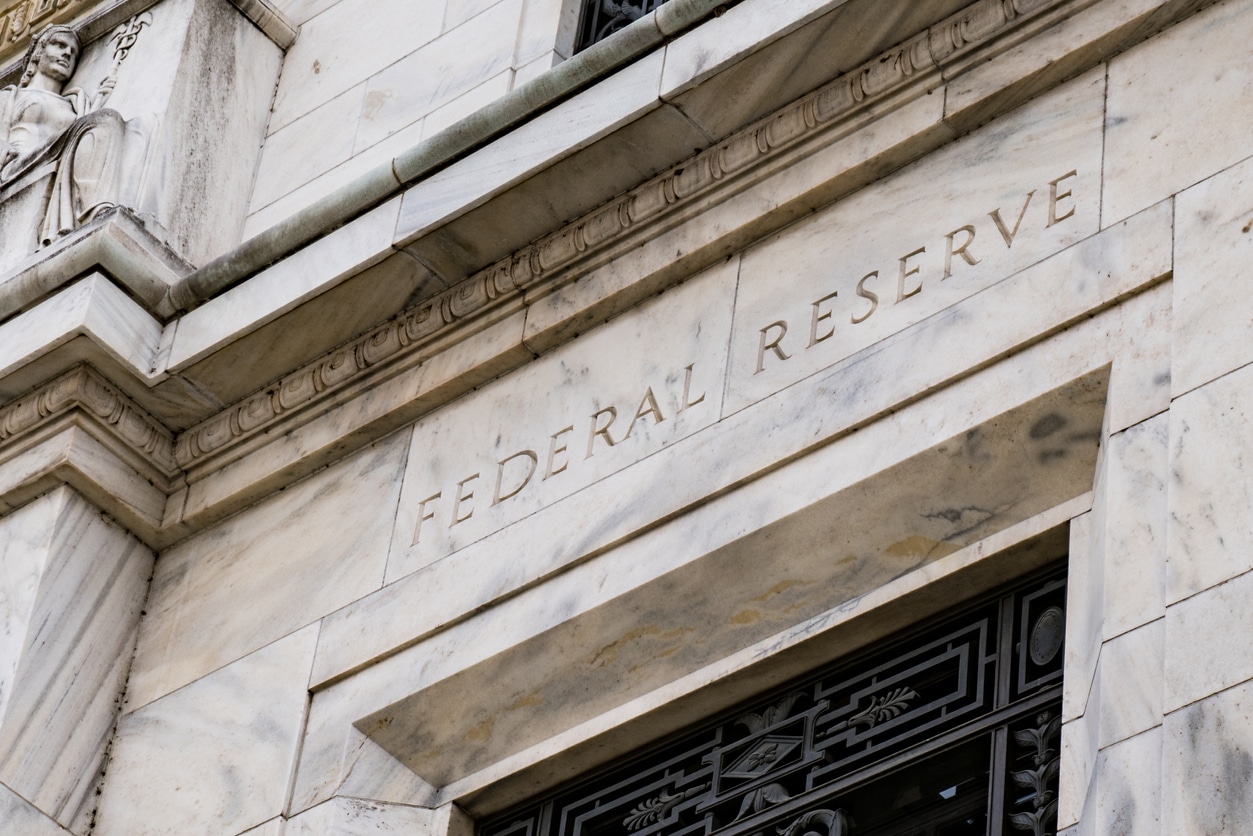
Sign up for smart news, insights, and analysis on the biggest financial stories of the day.
Wow, maybe the rich really do get richer.
Only 25% of the Federal Government’s heralded $800 million Paycheck Protection Program reached the workers it was designed to save, with the lion’s share getting gobbled up by wealthier business owners, an analysis of a study by the National Bureau of Economic Research revealed on Tuesday.
The reason? As the pandemic trudged on, lawmakers kept changing the rules, giving businesses more and more ways out of having to pay back their loans, even if the money wasn’t used to save jobs.
Missed It By That Much
When the Paycheck Protection Program was initially launched, no one knew how long the pandemic would keep its grip on the economy. Lawmakers’ guess that eight weeks of pay to let employees ride things out at home was, let’s just say, a little off.
The plan slowly morphed from one that saved jobs to one that saved businesses — and their owners, who typically make a smidge more money than their employees. Still, that doesn’t mean it was a total failure:
- Businesses that took advantage of the loans were 5.8% less likely to close a month after receiving the money, a number that fell to 3.5% after seven months.
- Worker headcounts at companies that received the cash infusion were 8% higher a month after the windfall, and 4% higher seven months later.
Cost of Doing Government: Remember when the Pentagon paid $435 for a hammer? All told, the government was paying $3.13 for every $1 in wages it was saving — pegging the cost of keeping a job on the books for one year at $169,300. That’s more than $100,000 over the average salary of $58,200 the program was designed to rescue.
20 Percent Solution: All the money that didn’t go to employees found a nice home with business owners, shareholders and creditors — in fact 72% of PPP funds ended up in the pockets of people with incomes in the top 20%. “This program was highly, highly regressive,’ said David Autor, the economics professor at the Massachusetts Institute of Technology who headed the study.

